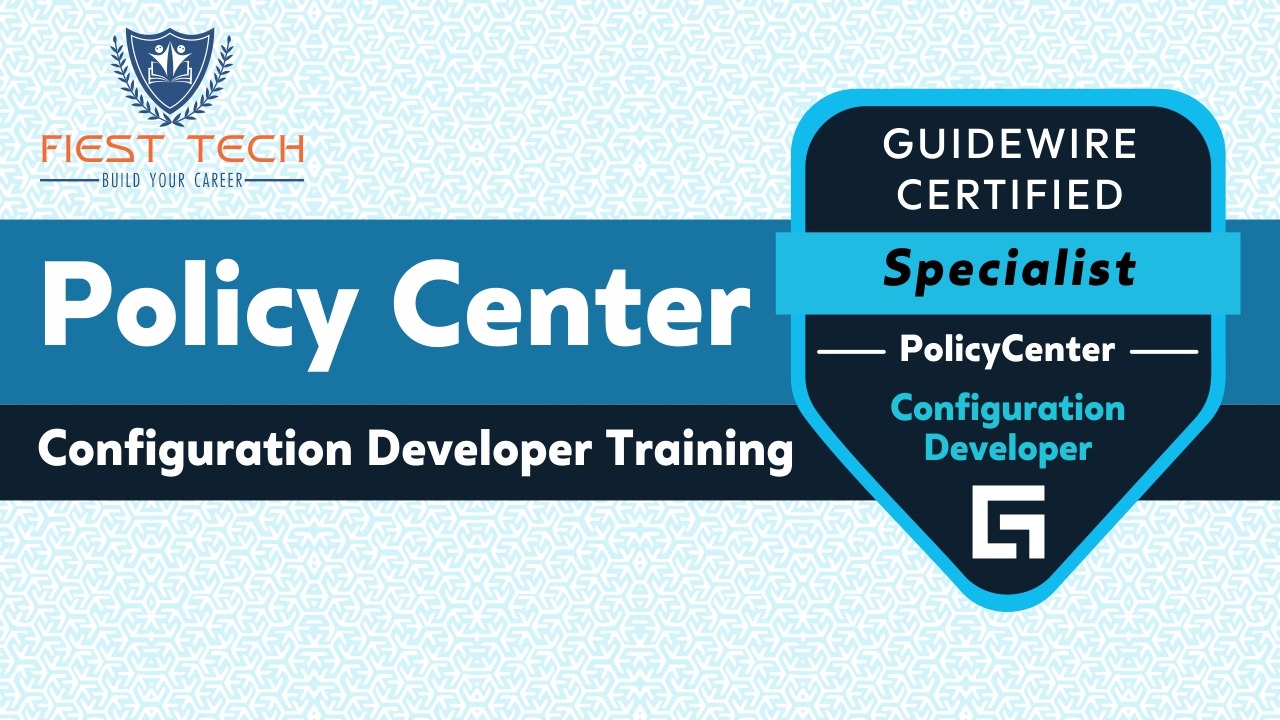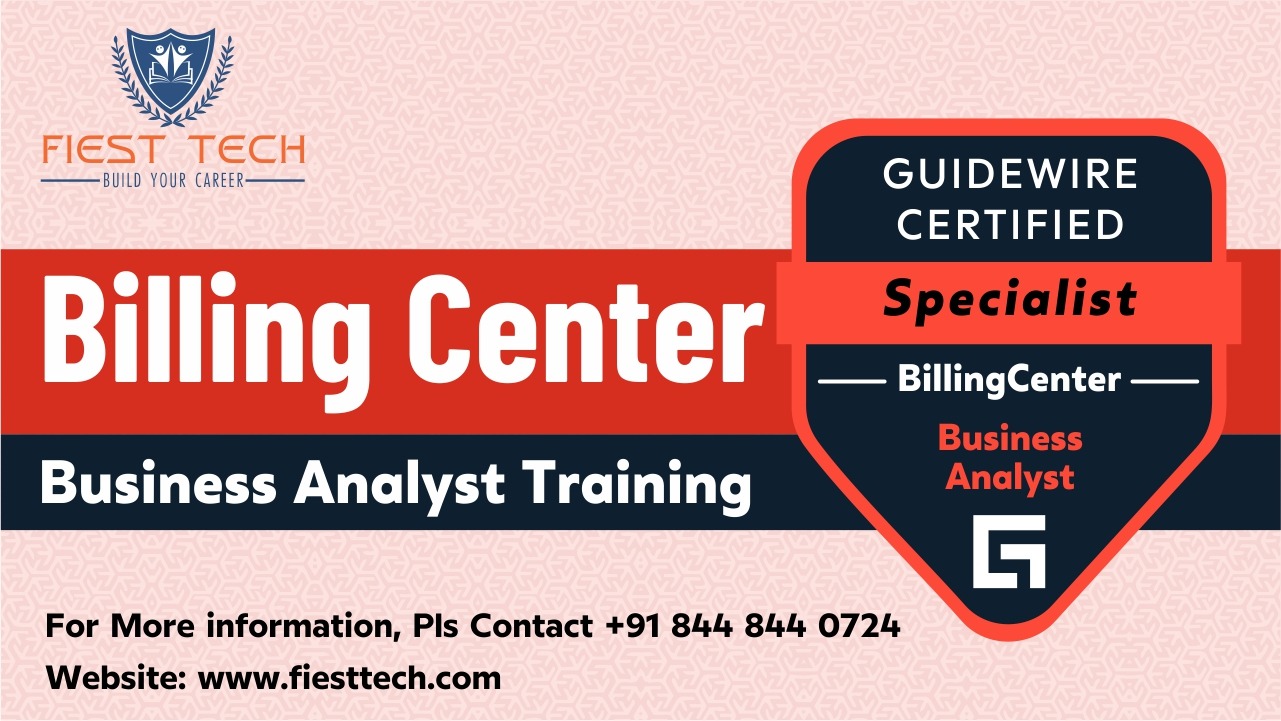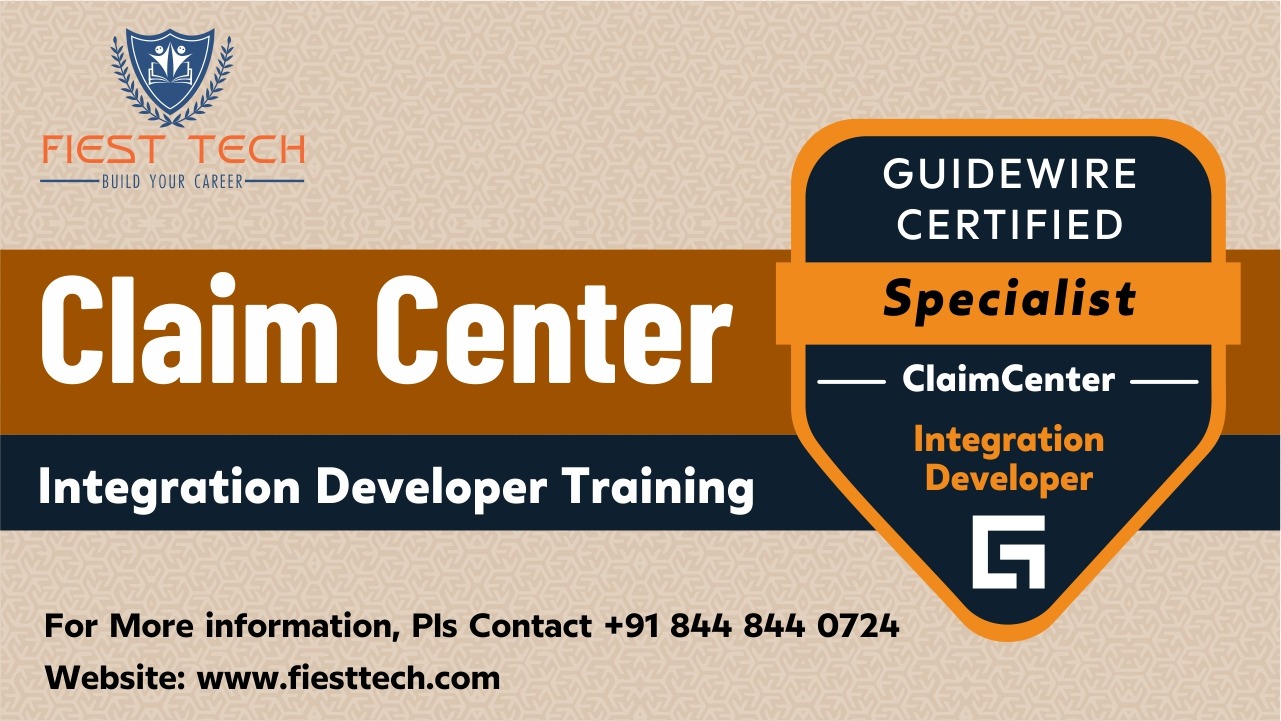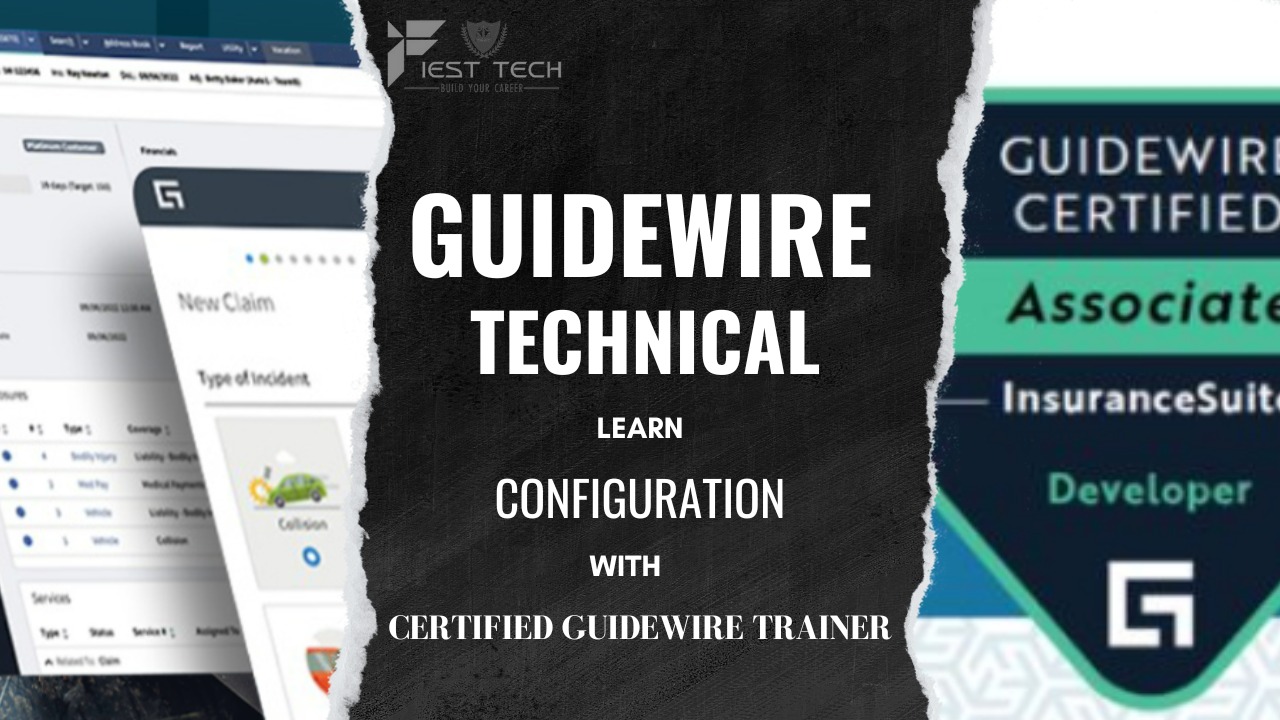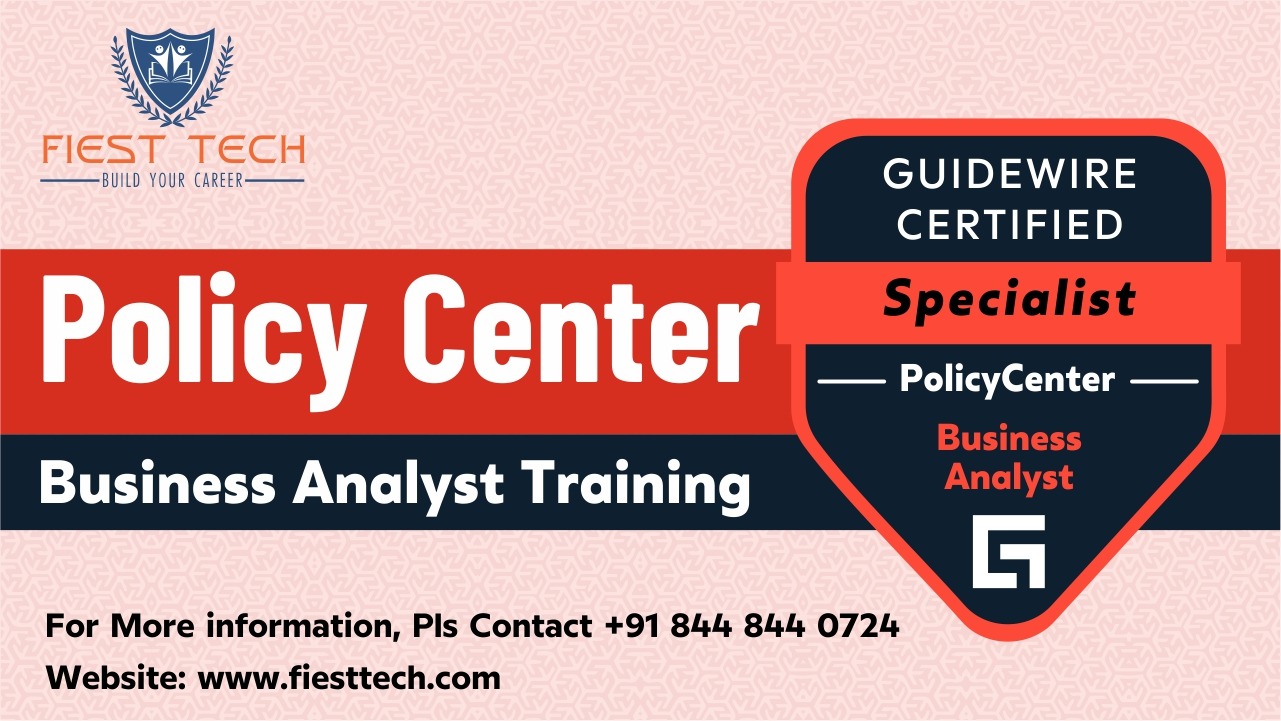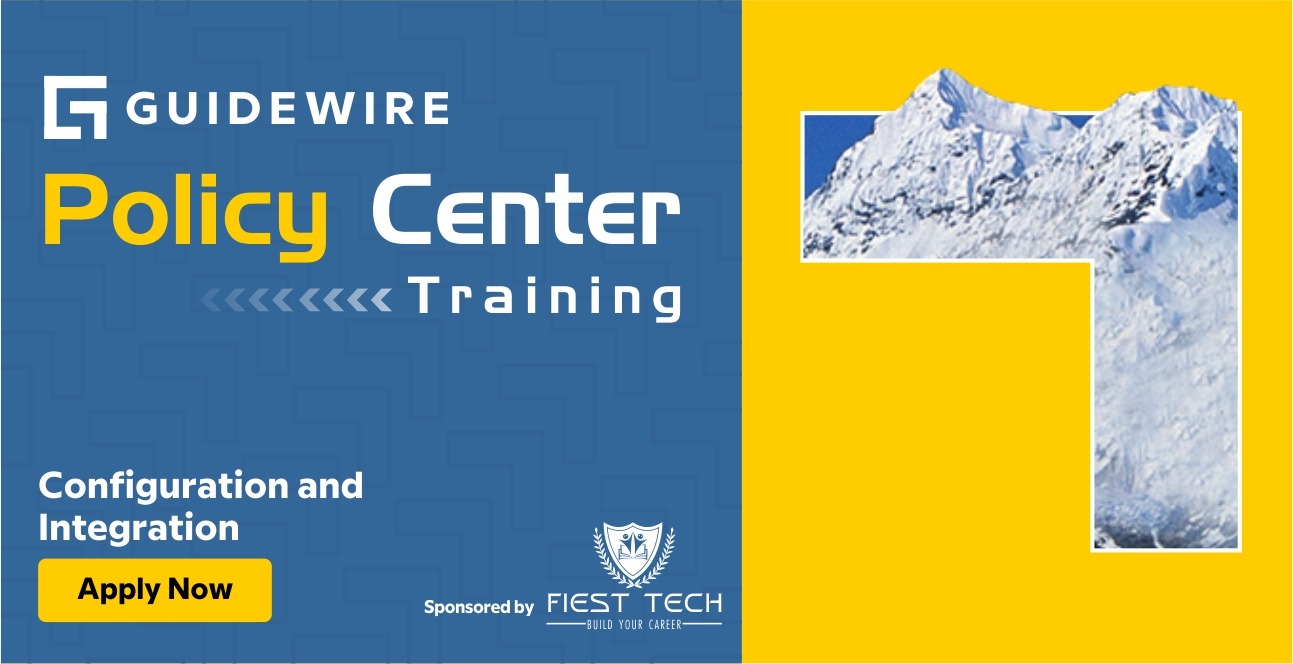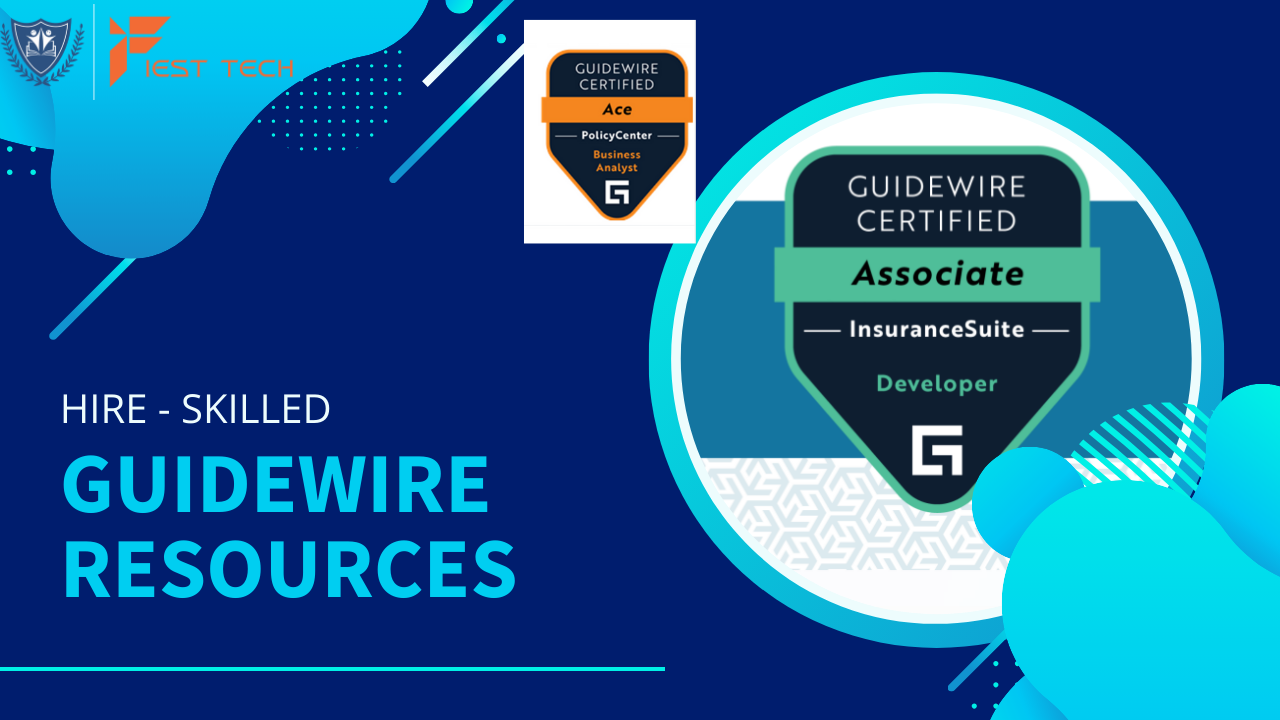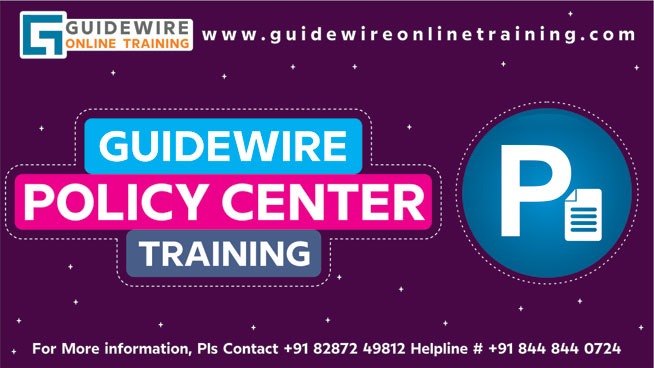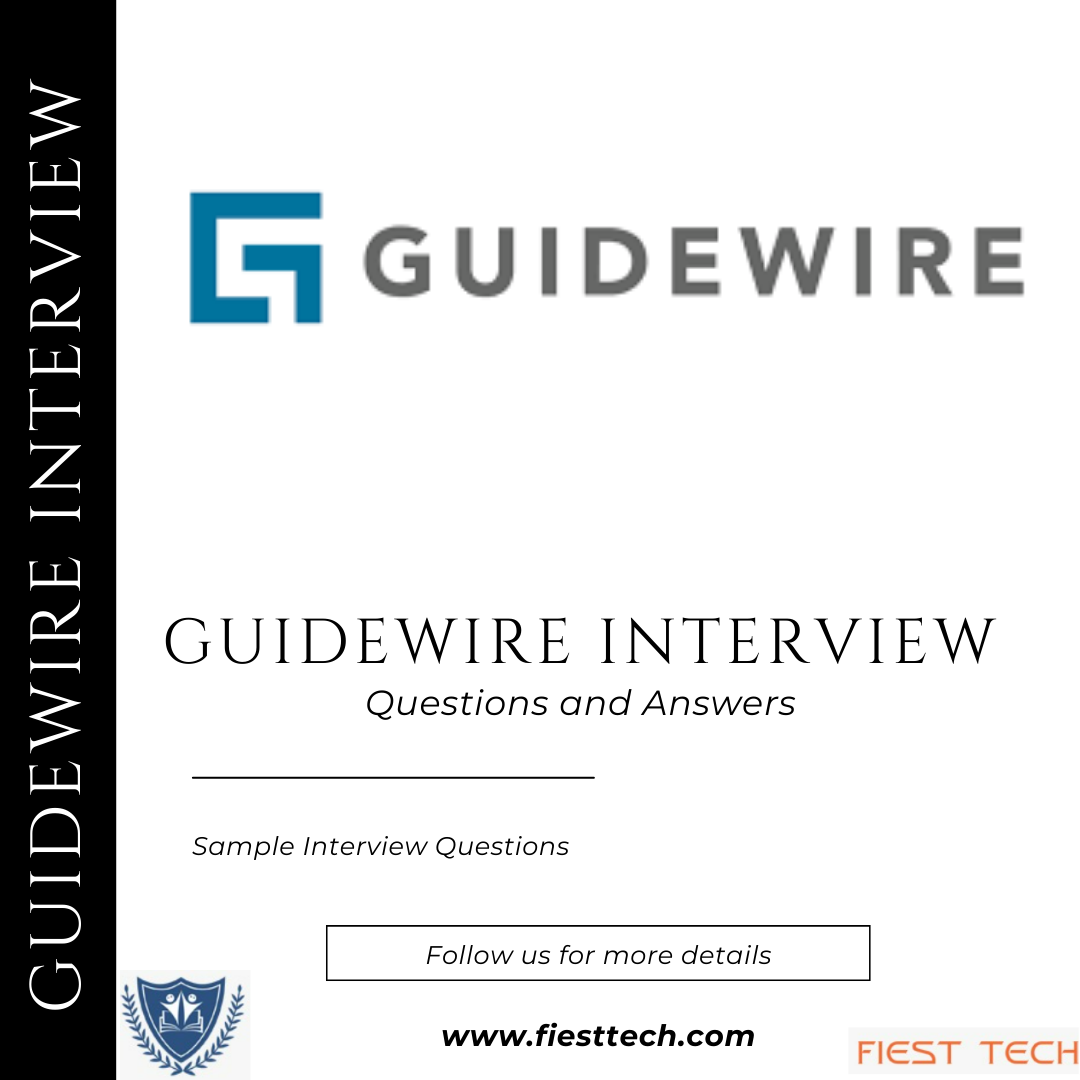
Top 20 Guidewire Interview Questions and Answers
Q1: Can you explain what Guidewire is and what their core products are?
A1: Guidewire is a software company that specializes in providing solutions for the insurance industry. Their core products include Guidewire InsuranceSuite, Guidewire ClaimCenter, Guidewire PolicyCenter, and Guidewire BillingCenter. These products help insurance companies manage their policies, claims, and billing processes.
Q2: What is the significance of the Guidewire DataHub and InfoCenter?
A2: Guidewire DataHub is a data management solution that allows insurance companies to integrate, transform, and store data from various sources. Guidewire InfoCenter, on the other hand, provides analytics and reporting capabilities on the integrated data. These tools help insurance companies make informed business decisions.
Q3: Explain the concept of a digital portal in the context of Guidewire.
A3: A digital portal in Guidewire refers to a user interface that allows policyholders, agents, and other stakeholders to interact with the insurance company's systems. It provides self-service options for tasks like managing policies, submitting claims, and making payments.
Q4: How does Guidewire support the concept of a "digital insurance" experience?
A4: Guidewire supports the digital insurance experience by providing tools like mobile apps, web portals, and self-service options. These tools enable customers to interact with the insurance company at their convenience, making processes smoother and more efficient.
2. Behavioral Questions:
Q1: Can you describe a challenging project you've worked on and how you overcame the obstacles?
A1: Sure, during my time at [Previous Company], we were tasked with implementing a complex insurance claims processing system. We faced challenges in integrating the system with legacy databases and ensuring data accuracy. To overcome this, we conducted thorough testing, collaborated closely with the IT team, and implemented data validation checks, resulting in a successful implementation.
Q2: How do you handle tight deadlines and changing priorities?
A2: I thrive in dynamic environments. When faced with tight deadlines or changing priorities, I first assess the situation, break down tasks into manageable steps, and prioritize based on impact. Clear communication with team members and stakeholders is crucial in managing expectations and adapting to changes effectively.
Q3: Describe a situation where you had to collaborate with cross-functional teams.
A3: At [Previous Company], I worked on a project that required collaboration between the development team, QA, and the customer support team. We held regular meetings, shared updates, and addressed concerns promptly. This collaborative approach ensured a seamless product launch and enhanced customer satisfaction.
3. Role-Specific Questions:
Q1: For a software developer role, can you discuss your experience with programming languages like Java or Gosu?
A1: Certainly. I have hands-on experience with Java and have worked extensively with Gosu, which is specific to Guidewire products. I've developed custom plugins, integrated APIs, and optimized performance by writing efficient code. I'm also well-versed in debugging and troubleshooting within these environments.
Q2: For a business analyst role, how do you gather requirements from stakeholders in the insurance industry?
A2: I adopt a comprehensive approach to requirement gathering. I schedule meetings with stakeholders to understand their pain points and needs. I use techniques like user story mapping and process flow diagrams to visualize requirements. This ensures alignment among all parties and leads to effective solution design.
Q3: For a quality assurance role, how do you ensure the quality of Guidewire's software products?
A3: Quality assurance is critical in software development. I'm meticulous in designing test cases that cover various scenarios, including edge cases and negative testing. I conduct both manual and automated tests to validate functionality, performance, and security. Regular communication with developers helps in addressing issues promptly.
PolicyCenter Interview Questions:
Q1: What is Guidewire PolicyCenter, and what is its primary purpose?
A1: Guidewire PolicyCenter is a core component of Guidewire's InsuranceSuite. It is a policy administration system designed to help insurance companies manage and streamline the entire policy lifecycle, from quoting and underwriting to policy issuance and renewals.
Q2: Can you explain the key features and modules of PolicyCenter?
A2: PolicyCenter offers modules for policy creation, underwriting, rating, quoting, binding, endorsements, renewals, and more. It supports various lines of business, custom workflows, and integration with external data sources for accurate risk assessment.
2. Technical Questions:
Q1: How does PolicyCenter handle the process of underwriting and risk assessment?
A1: PolicyCenter provides tools for underwriters to evaluate risks by collecting and analyzing applicant data. It supports rule-based underwriting decisions, rating calculations, and dynamic questionnaires that guide underwriters through the assessment process.
Q2: What is a PolicyCenter plugin, and how can it be utilized?
A2: A PolicyCenter plugin is a custom piece of code that extends or modifies the functionality of PolicyCenter. It can be used to integrate with external systems, customize user interfaces, enforce business rules, and implement specific workflows based on the insurance company's needs.
Q3: How does PolicyCenter ensure compliance with regulatory requirements and business rules?
A3: PolicyCenter allows administrators to configure business rules and compliance requirements, such as mandatory fields, validation checks, and rating algorithms. These rules are enforced throughout the policy lifecycle to ensure adherence to industry regulations and company policies.
Scenario-Based Questions:
Q1: How would you handle a situation where a customer wants to modify their existing insurance policy using PolicyCenter?
A1: If a customer wants to modify their policy, I would guide them through the endorsement process within PolicyCenter. I'd gather the necessary information, assess the impact of the changes on the policy, and ensure compliance with underwriting rules. Once approved, I would generate the updated policy documents and communicate the changes to the customer.
Q2: Can you provide an example of a complex policy rating scenario and how you would configure it in PolicyCenter?
A2: Let's consider a scenario where a commercial property insurance policy involves multiple locations with varying risk factors. I would define location-specific rating factors, such as fire protection class and proximity to water sources. Using PolicyCenter's rating engine, I'd create rating algorithms that consider these factors to calculate accurate premiums for each location.
Best Practices:
Q1: What are some best practices for implementing and configuring PolicyCenter? A1: Best practices include thoroughly understanding the insurance company's business processes, designing workflows that align with those processes, ensuring data integrity through validation rules, utilizing plugins for customizations instead of modifying core code, and conducting thorough testing across different scenarios before deployment.
Q2: How do you approach data migration when transitioning to PolicyCenter from legacy systems? A2: Data migration involves careful planning, data mapping, data cleansing, and validation. I would extract data from the legacy system, transform it to fit the PolicyCenter data model, and load it into the new system. Rigorous testing and reconciliation are crucial to ensure accurate data transfer.
ClaimCenter Interview Questions:
Q1: What is Guidewire ClaimCenter, and what is its primary role in the insurance industry?
A1: Guidewire ClaimCenter is a key component of Guidewire's InsuranceSuite. It is a comprehensive claims management system designed to streamline and automate the end-to-end claims process for insurance companies, from claim initiation to settlement.
Q2: Can you describe some of the core features and functionalities of ClaimCenter?
A2: ClaimCenter offers modules for claim intake, investigation, assessment, reserves management, settlement, and recovery. It enables claims handlers to efficiently manage claims, communicate with stakeholders, and make data-driven decisions.
Technical Questions:
Q1: How does Guidewire ClaimCenter handle the claims intake process?
A1: ClaimCenter supports various channels for claims intake, including web portals and integration with third-party systems. It allows claimants, agents, or representatives to report claims, submit relevant documents, and initiate the claims process.
Q2: How does ClaimCenter ensure accurate claims assessment and reserves management?
A2: ClaimCenter allows claims adjusters to evaluate claims by accessing policy and claim details, collecting relevant information, and applying business rules. Adjusters can set reserves, which represent estimated claim costs, to ensure adequate funds are allocated for each claim.
Q3: How does Guidewire ClaimCenter facilitate communication and collaboration among stakeholders?
A3: ClaimCenter provides a centralized platform where claims handlers, policyholders, agents, and other parties can communicate, share updates, and access relevant documents. This ensures transparency and efficient collaboration throughout the claims lifecycle.
Scenario-Based Questions:
Q1: Can you walk us through how you would handle a complex auto insurance claim using ClaimCenter?
A1: Sure, for a complex auto claim, I would first gather details about the incident and policyholder using ClaimCenter's claim intake module. Then, I'd assess the damages, collaborate with appraisers, and document the findings in the system. If necessary, I would coordinate with repair shops and adjusters to estimate costs accurately. Throughout the process, I'd use ClaimCenter to communicate updates to the policyholder and ensure efficient claims processing.
Q2: How would you handle a situation where a claimant disputes the amount offered for a claim settlement?
A2: If a claimant disputes a settlement amount, I would thoroughly review the claim details and the basis for the initial settlement. Using ClaimCenter, I would communicate with the claimant, explain the assessment process, and consider any additional evidence provided. If necessary, I'd involve senior adjusters or management to re-evaluate the claim and come to a fair resolution.
Best Practices:
Q1: What are some best practices for configuring and customizing Guidewire ClaimCenter for an insurance company? A1: Best practices include aligning ClaimCenter's workflows with the insurance company's claims processes, defining clear business rules for claims assessment and reserves, utilizing out-of-the-box functionalities before resorting to customizations, conducting thorough testing across different scenarios, and training claims handlers effectively on system usage.
Q2: How do you ensure data security and compliance when handling sensitive claim information in ClaimCenter? A2: Data security is crucial. In ClaimCenter, I would enforce user access controls to restrict data access based on roles and responsibilities. I'd also implement encryption protocols and ensure compliance with data protection regulations, such as GDPR or HIPAA, if applicable.

